 "lorem ipsum" (nothing123456789)
"lorem ipsum" (nothing123456789)
06/06/2016 at 10:55 • Filed to: Cisitalia 202, Car design, Piero Dusio, Pinin Farina, Giovanni Savonuzzi, Ferdinand Porsche, Bentley, Fiat
 9
9
 3
3
 "lorem ipsum" (nothing123456789)
"lorem ipsum" (nothing123456789)
06/06/2016 at 10:55 • Filed to: Cisitalia 202, Car design, Piero Dusio, Pinin Farina, Giovanni Savonuzzi, Ferdinand Porsche, Bentley, Fiat |  9 9
|  3 3 |
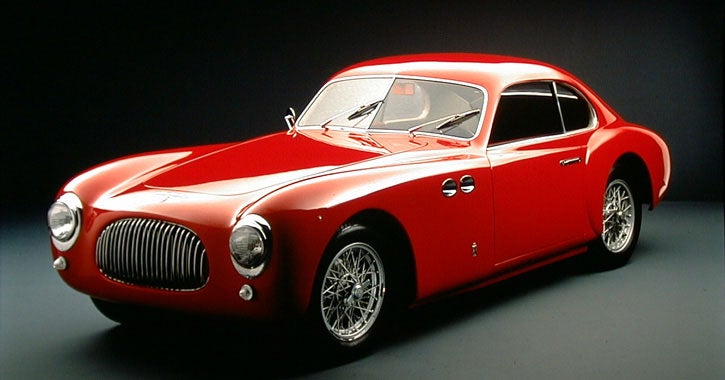
Cisitalia 202 (mestcarcollection.blogspot.com)
In 1944, Italian entrepreneur Piero Dusio founded Consorzio Industriale Sportiva Italia , the company that would become Cisitalia just two years down the line. Dusio had spent the past fifteen years racing other people’s cars, and wanted to start racing his own. So, he hired Dante Giacosa, an ex-Fiat engineer, and together they started work on the D46. This was a single-seater racecar that ended up being pretty successful in the hands ofentleman racers, as well as a certain Tazio Nuvolari.
Encouraged by how well his first car was turning out, Dusio decided he wanted to build something very special. For this, he needed serious talent. His search for engineers lead him to a French prison in which Ferdinand Porsche was being held hostage for war crimes. Dusio fronted bail (and then some—a massive, undisclosed sum that probably went towards Porsche’s salary) in 1946, and Porsche was given just over a year to create a car. They came up with the Porsche 360 Cisitalia, one of the most bizarre inventions in the history of the automobile. Another single-seater racecar, the 360 had a supercharged flat-12 engine that put out nearly 400 horsepower to all four wheels at 10,500 RPM. Everything was enclosed in a space-frame chassis, and power was routed through a sequential transmission. The spec sheet for this nearly 70-year old car reads like something from a distant utopian future. Of course, the time frame (as well as the state of late-1940s technology) was not enough to sort out all of the many kinks and bugs plaguing the car, and, ultimately, it was never built.
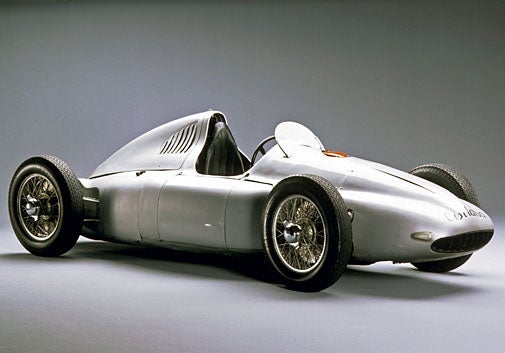
Porsche 360 Cisitalia (thechicaneblog.com)
It seems like Dusio suspected that his collaboration with Porsche wasn’t going to work out, because, in 1945, a young Giovanni Savonuzzi joined Cisitalia for a different project. Savonuzzi was a bit of a Renaissance-man—after graduating with a degree in mechanical engineering from Turin Polytechnic, he made professorship, and then was hired by Fiat to head their aviation department. In the midst of his blossoming career, though, he was plunged into the fervor of World War II as a member of the Italian military. Interestingly enough, he received awards from the US Military for successfully coordinating and aiding in Italian resistance efforts. It was only after the war that he was picked up by Dusio. They designed an advanced, strong, and lightweight space-frame chassis, and travelled around Europe talking with the major coachbuilders of the era, trying to get someone to build a body for their 1-liter Fiat engined-chassis. Savonuzzi, apparently gifted with the talent of an artist, drew up preliminary sketches to submit to Pinin Farina. Those sketches, based around his in depth knowledge of aerodynamics, closely resembled the finished work of art Pinin Farina brought to fruition.
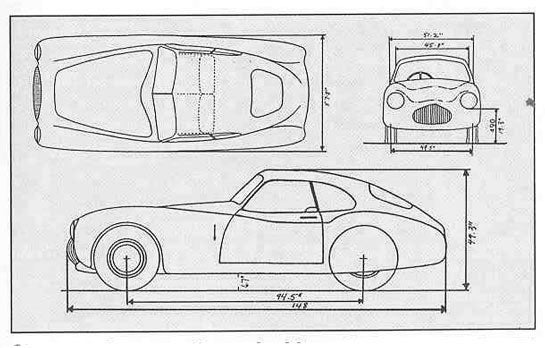
Savonuzzi’s sketches (velocetoday.com)
“Art” is a label applied to many cars, but the 202 deserves the name more than most. The first car to ever be featured in any museum’s collection, the body is fluid, cohesive, and clean. More than that, though, the 202 utterly and completely changed the world of cars. In fact, cars can be split into two categories—pre-202, and post-202. Pre-202 car design is defined by a wonderful mechanical intricacy, with distinct parts forming a whole, and design flourishes decorating various surfaces. Picture a Bentley 8-Liter from 1930—the wheels are outside the body, covered by flowing fenders designed as separate pieces. The headlights are mounted on top of the front fenders on either side of the grill, works of art in their own right. The hood is separate from the cabin, and there are bits and bobs sticking out from everywhere. It looks like an assortment of industrial sculpture welded together piecemeal—a fantastic machine, but not a cohesive design. Each individual part has been thoughtfully worked into pleasing shapes, but it seems like little thought has gone into integrating them. Compare it to recording a bunch of amazing songs, and finding that when you put them together in an album, they don’t flow together.
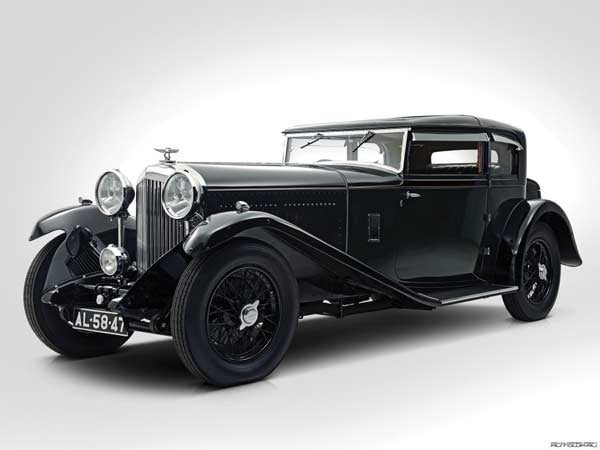
1930 Bentley 8-Litre (cdn2.retrowaste.com)
The Cisitalia, on the other hand, is Who’s Next . The headlights and grill are part of the body, making it look more organic, natural, and elegant. The wheels are inboard, negating the need for distinct fenders. In fact, the only concession to the elaborate designs of pre-war cars are a pair of portholes on the front fenders, possibly inspiring a Buick staple. The design was inspired by aerodynamic studies for racecars, trying to cleave a low-friction path through the air. This is a design philosophy that resembles the natural world, making a conscious effort to disguise its man-made complexity with simplicity and clean lines. The body is made up of various volumes—there aren’t any sharp creases, rather areas that swell and areas that depress, making the car look like one element. The panels were entirely aluminum formed around a space-frame chassis, weighing in at barely more than 1,800 pounds: this car was the future.
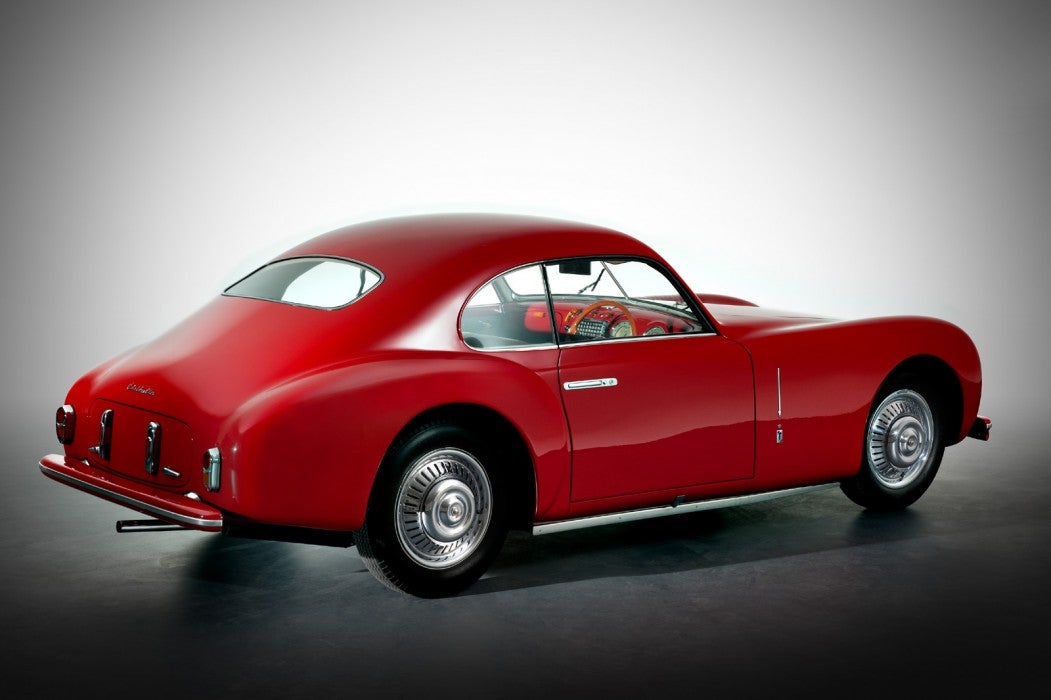
Cisitalia 202 (pininfarinaextra.com)
When it was first shown at the 1946 Villa d’Olmo, people heralded the 202 as the new standard. It was more than just an appliance used for transportation—more even than a rolling piece of sculpture. Leslie Kendall, the curator of the Petersen museum, called Cisitalia “one of the most important and influential automobile manufacturers”. Emilio Ambasz, the curator of Design at MoMA in the 1970s, wrote that the 202 “was an aesthetic and technical achievement that changed the direction of post-war automobile design”. As of 2016, 70 years have passed since the Cisitalia dramatically altered the automotive landscape. Right now, when car designers are displaying their wares at CES, telling the world that autonomous technology will completely transform car design, it’s interesting to appreciate the paradigm shift the 202 brought about in 1946, before another occurs in the near future.
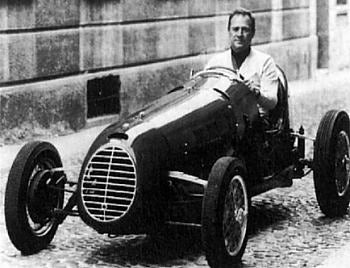
Piero Dusio in a D46

 Dave the car guy , still here
> lorem ipsum
Dave the car guy , still here
> lorem ipsum
06/06/2016 at 14:34 |
|
You might like my first post in photography. http://photography.kinja.com/something-new-…
 lorem ipsum
> Dave the car guy , still here
lorem ipsum
> Dave the car guy , still here
06/06/2016 at 17:12 |
|
Is it still at MoMA? Nice angle!
 Dave the car guy , still here
> lorem ipsum
Dave the car guy , still here
> lorem ipsum
06/07/2016 at 08:49 |
|
I’m pretty certain it wouldn’t be there now. That picture was about 8 yrs ago.